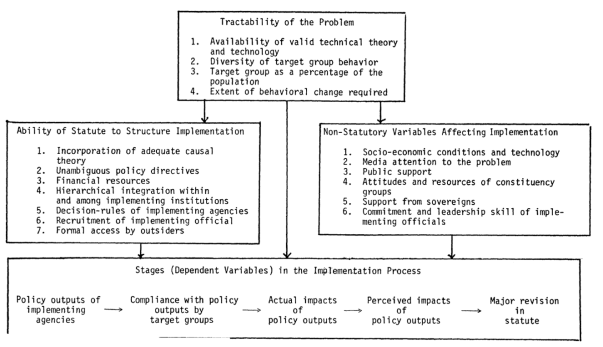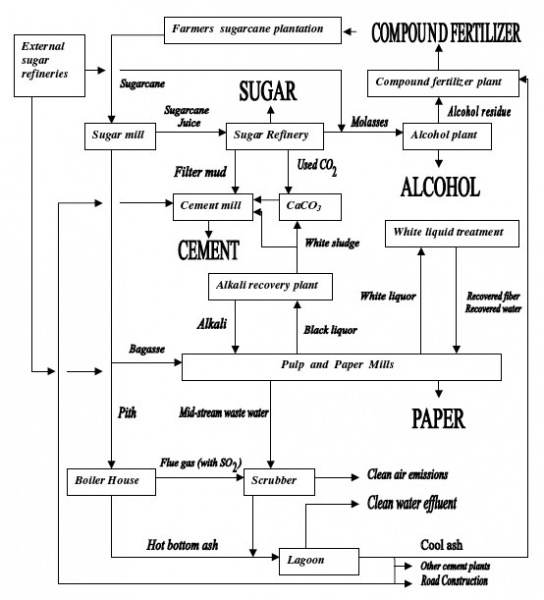Assignment 7 – LCA
Hey,
You gave a very clear structure by listing those viewpoints helps a lot to understand the whole idea.
However, the structure of the whole article could still be perfected, because, in my point of view, some points are a little bit simplistic in this post. As you said at the beginning of this post that you are going to give four ways in which the government can increase the use of LCA’s. You do paid a lot of attention to the forth way that in the end you gave your conclusion that “promoting product stewardship is an effective way to promote the use of LCA’s”. While I think it would be better if you could give a stronger reasoning about other three approaches, since we cannot assume that once the government implement one, some certain thing will happen. I believe a few examples will help, and also more your own opinion.
.
http://sairamiroslava.wordpress.com/2014/11/14/how-can-the-government-increase-the-use-of-lcas/
Hey,
Nice post! Really clear structure. It is objective that you also mentioned the limitations of LCA at the beginning, and aiming at those limitations deriving 4 solutions. Also, the objectives-tasks table makes the idea clearer and more targeted that helps problem-solving. Moreover, you also managed to give many practical approaches, such as environmental labelling, incentives, which are readily applicable.
While still, in my opinion, there is something needed to be more detailed. You said government can increase the use of LCA by ‘forcing companies to become more transparent’, which is a big challenge. I agree this opinion but how can we reach that? We can’t just simply deem it will happen, right?
The Sabatier’s framework you used in this article is very clear and comprehensive, and indeed, in the long-run more external control might be needed if goals are not attained. I agree with you.
Weiwen zhong
.
Assignment 8 – Improve\design a game
http://michaeloconnorindustrialecology.blogspot.nl/2014/11/blog-post_18.html
Hey Michael,
Thanks for your post.
I have some questions related to the rules of this game.
First of all, at the beginning everyone toss the dice to decide who start the game, since you also mentioned this game can be played with unlimited player, than if several people has the same number on dice how to decide who to start?
Secondly, because in this game things like dice and ‘scissors, paper, rock’ are involved, then more uncertainty than controllability is in this game, so basically what kind of cars the players can get is more about probability instead their own choice. While in the end, when deciding which one to survive, certain criteria are applied. It seems a little bit contradictory. I mean, for example, if a player really wants a sustainable or eco-friendly car at the beginning, while he/she has such bad luck that always toss a wrong number or couldn’t win in ‘scissors, paper, rock’. Then he/she will lose the game anyway. Do I understand it wrong?
Weiwen zhong
.
Hey Niocle,
Your game sounds quite nice, but it would be better if you give more details. For example, you mentioned each number of the dice represents one characteristic of cars: 1=performance, 2=maintenance, 3=price, 4=eco-efficiency, 5=status and 6=special event, while I think the appearance of a car also plays crucial role when people choose which car to buy, so dose the size, etc. But I am not sure if you included these things into ‘special event’. If not, what the ‘special event’ refers to? That’s why I think you could give more explanation of your game design.
I believe with a little bit more details and improvement, this can be a really applicable and practical game.
Weiwen zhong



